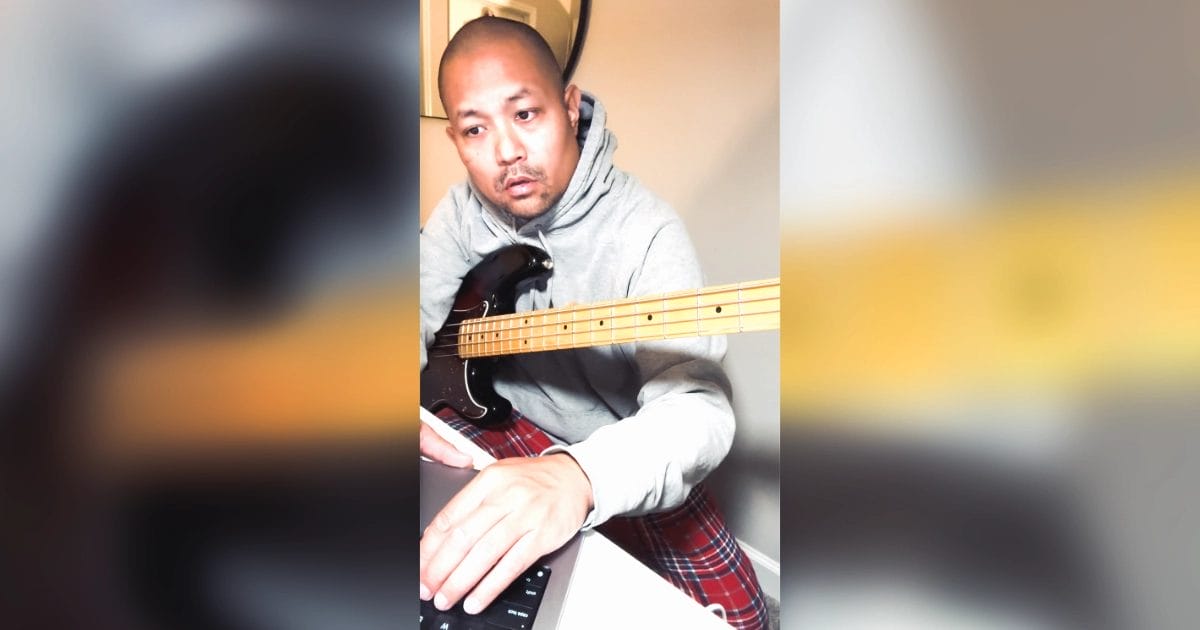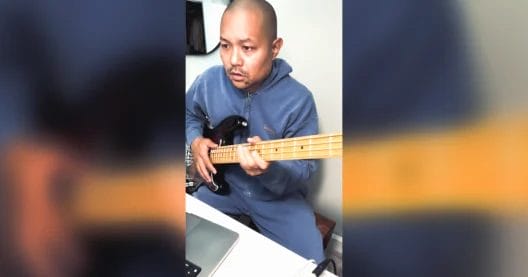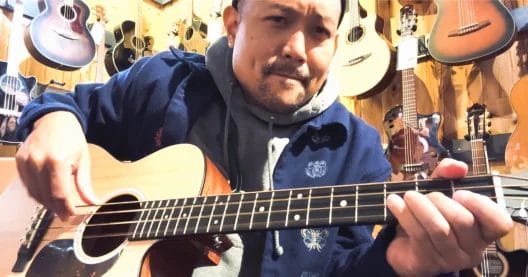When you first start transcribing, it’s easy to think you’re bad at it.
You loop the same two bars, slow it down, still can’t quite catch that note—and wonder if it’s even worth trying again tomorrow.
But that tomorrow is the whole point.
Transcription isn’t about getting it right the first time. It’s about training your ear—and your patience—to work together.
Here’s how to practice transcription on bass in a way that feels human, sustainable, and deeply musical.
1. Redefine What “Success” Means
Most players define success as finishing a solo.
That’s why so many give up halfway through—it’s a huge mountain to climb.
Try this instead: measure success by connection.
- Did you understand one phrase deeply enough to sing it?
- Did you feel where the player breathed or laid behind the beat?
- Those are wins. That’s progress your ears will actually remember.
2. Start With What Moves You
Pick a phrase that gives you chills.
Not because it’s “important,” but because you can’t stop thinking about it.
When you start from curiosity, you’ll want to return tomorrow.
That emotional connection is the real fuel for consistency.
Try: bassists like Oteil Burbridge, Gary Peacock, Rich Brown, or Avishai Cohen—players whose phrasing and tone invite you to listen deeply, not just analyze.
3. Slow Down Until It Feels Like Breathing
A tool like Transcribe! is great—but the secret isn’t in the tech.
It’s in how you listen.
Slow the line until you can sing every note before you touch the instrument. Hum it. Feel the shape.
Only then pick up the bass.
This trains your ear to lead your hands—a skill that translates directly into improvisation and phrasing.
4. Focus on Micro-Wins, Not Full Solos
Instead of “I’ll transcribe this whole chorus,” try:
“I’ll learn one idea so well I can play it in any key.”
That small shift makes transcription feel like a daily meditation, not a grind.
Even 10 minutes of intentional listening beats an hour of passive note-hunting.
5. Reflect Instead of Compare
It’s easy to get discouraged watching virtuosos transcribe full albums by ear.
But remember—they’ve built that muscle for decades.
After each session, ask yourself:
- What felt clearer today than yesterday?
- Which intervals did I hear before finding them?
- Where did I lose focus—and why?
That reflection is your progress map.
6. Turn Transcriptions Into Language
Once you can play the phrase, don’t stop there.
- Loop it with a metronome or drum loop.
- Move it through different keys.
- Re-phrase it into your own groove.
That’s where transcription turns into vocabulary—and vocabulary turns into freedom.
7. Be Kind to Your Tomorrow Self
Half of transcription is just convincing yourself it’s worth doing again tomorrow.
You’re not supposed to nail it on the first listen.
Every repetition rewires your ear a little more.
Progress lives in the quiet, invisible part of the process.
Trust it.
Key Takeaways
| Focus | Habit | Mindset |
|---|---|---|
| Start small | Sing before you play | Curiosity beats discipline |
| Slow down | Loop short ideas | Patience over perfection |
| Reflect daily | Move ideas through keys | Progress hides in repetition |
Sustainable practice keeps curiosity alive. Learn more energy-friendly study habits in Music & Bass →









